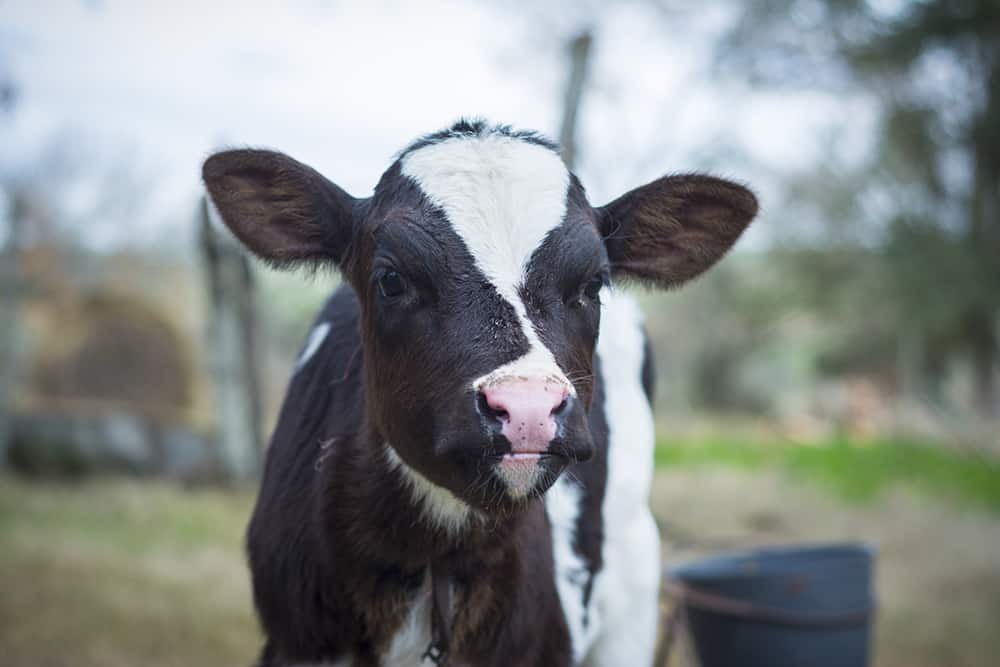Welcome to the Wonderful World of Farm Animals: A Parent’s Guide!
Greetings, lovely parent folk! Are you ready to dive hoof-first into the delightful world of farm animals? Whether you’re planning a family trip to a local farm or teaching your kiddos about our furry and feathered friends from the comfort of home, we’ve got you positively covered! In this comprehensive guide, we’ll explore the barnyard basics, fun facts, and educational tidbits that make farm animals not just a joy to be around, but also an incredible learning opportunity for your little ones. Let’s get moo-ving!
Why Farm Animals Are Fantastic Educational Tools
First things first, let’s chat about why farm animals are just so amazing for children’s development. When kids interact with animals, they learn empathy, responsibility, and the importance of taking care of others. It also gives them a hoof-up in understanding where our food comes from, which is egg-straordinarily important!
Meet the Barnyard Bunch
Every farm is unique, but there are a few classic creatures you’re bound to meet. Let’s take a closer look at each one, and I’ll share some nifty nuggets of knowledge that will impress even the most seasoned farmer!
The Majestic Cow
Cows are the gentle giants of the farmyard. They provide us with milk, yogurt, cheese, and ice cream – talk about a delicious job! Did you know that cows have four compartments in their stomachs to help them digest all that grass they eat? That’s right, they’re natural-born multi-taskers!
The Cheerful Chicken
Chickens are peck-tacular creatures that give us eggs and meat. These feathery friends are also great at pest control, scratching up bugs and weeds in the garden. Fun fact: chickens can remember over 100 different faces, so don’t be surprised if they greet you like an old pal!
The Delightful Duck
Ducks add a splash of fun to any farm pond. They’re a-quack-tic birds that help keep waterways clean by eating algae and insects. And did you know their feathers are waterproof? That’s thanks to a special oil they produce to keep them dry and buoyant.
The Busy Bee
Alright, so bees might not be the first animal you think of when you picture a farm, but they are absolute superstars in the agricultural world. These buzzing beauties are essential for pollination, which helps fruits, vegetables, and flowers to grow.
How to Introduce Your Children to Farm Animals
Now that we’ve met some of our barn buddies, let’s talk about the best ways to introduce these creatures to your chicks – I mean, kids! Here are some hands-on learning ideas that are not only engaging but also respectful to our animal pals:
- Farm Visits: There’s nothing like the real deal! Taking your children to a local farm or petting zoo can be an unforgettable experience. They’ll get to see, touch, and sometimes feed the animals, all while learning about the care they require.
- Storytime: Books about farm animals are a fantastic way to spark curiosity. Look for titles with bright pictures and engaging stories to bring the animals to life.
- Creative Play: Encourage pretend play with farm animal toys or even dress-up. This helps children understand the roles and sounds of each critter.
Remember, while animals are absolutely adorable, they’re still living beings with their own needs and boundaries. It’s essential to teach kids to approach animals gently and to respect their space – a valuable lesson both on and off the farm!
This is just the tip of the hay bale when it comes to farm animals, my friends. In the next section, we’ll dig a little deeper into the daily life of farm critters, how they contribute to the farm ecosystem, and some DIY farm crafts that you can do at home with your little ones. Stay tuned for more cluck-worthy content! In the meantime, keep those curiosity bulbs bright and those little hearts filled with kindness for all creatures, great and small.

What Parents Should Know When Preparing for a Farm Visit with Animals
Ready for a day filled with baa’s, moos, and clucks? Visiting a farm can be one of the most memorable experiences for your family, but knowing what to expect and how to prepare can make all the difference. Here are five key things every parent should know:
1. Dress for Success
Visiting a farm means getting up close and personal with nature, and sometimes that nature can be muddy and messy. Dress your little ones in clothes that can handle a bit of dirt, and don’t forget those sturdy boots! Comfortable, closed-toe shoes are a must to protect tiny toes from accidental stomps.
2. Know the Safety Rules
Animals are fascinating to children, but some might not be accustomed to the exuberance of youthful admirers. Teach your kids the importance of moving slowly around animals, always asking for permission before touching, and avoiding loud noises that could startle our four-legged friends.
3. Wash Those Hands
Farms are full of wonders – and germs! Make sure to wash everyone’s hands after contact with the animals, and carry some hand sanitizer, just in case the farm’s facilities are out of reach.
4. Pack Snacks and Drinks
Exploring a farm can work up an appetite, and staying hydrated is vital, especially on those sunny days in the pasture. Bring along your family’s favorite healthy snacks and plenty of water to keep everyone energized and happy throughout the adventure.
5. Bring Questions for the Farmer
No one knows the animals better than the farmer! Encourage your kids to think of questions about the animals or the farm to ask during your visit. It’s a great way to nurture curiosity and learn directly from the experts.
Now that you’re equipped with this knowledge, your family is all set for an educational and delightful day on the farm. Embrace the sights, sounds, and smells of the countryside, and enjoy the precious moments of discovery and connection with your children. This experience isn’t just about meeting animals – it’s about making memories, too!
Exploring the Daily Farm Life
Ever wonder what a day in the life of farm animals looks like? Well, it’s a mix of eating, sleeping, playing, and of course, a little bit of hard work. Let’s take a peek at how farm animals contribute to the running of the farm while leading their happy lives:
- Morning Milking: Many farms start their day before the sunrise with milk cows. It’s a udderly important job that provides nutritious dairy products for families.
- Feeding Time: Whether it’s hay for the horses or grain for the goats, a farmer’s day is filled with making sure every animal gets a proper meal.
- Maintenance Matters: Farms require constant care, from repairing fences to cleaning barns. It’s not all cuddly – there’s plenty of elbow grease involved!
These routines are integral to a functioning farm and offer children a window into the responsibilities of caring for animals. Plus, they get a first-hand look at how teamwork and diligence are key ingredients in any successful operation – a life lesson that’s as golden as the straw in the barn!
DIY Farm Crafts at Home
After your farm visit, keep the learning going with some DIY farm crafts that you and your pint-sized farmers can do together at home. Why not create a cardboard barn for their toys, or sow some seeds in eggshell planters to learn about plants and growth? It’s an egg-cellent way for kids to continue their agricultural education and express their creativity!
Before you know it, your children will have a barnyard of knowledge and memories to treasure. And who knows, maybe one day they will be the ones teaching others about the joyful wonders of farm life. Happy farming, everyone!
For more great fun click here. For more information see here
Disclaimer
The articles available via our website provide general information only and we strongly urge readers to exercise caution and conduct their own thorough research and fact-checking. The information presented should not be taken as absolute truth, and, to the maximum extent permitted by law, we will not be held liable for any inaccuracies or errors in the content. It is essential for individuals to independently verify and validate the information before making any decisions or taking any actions based on the articles.




